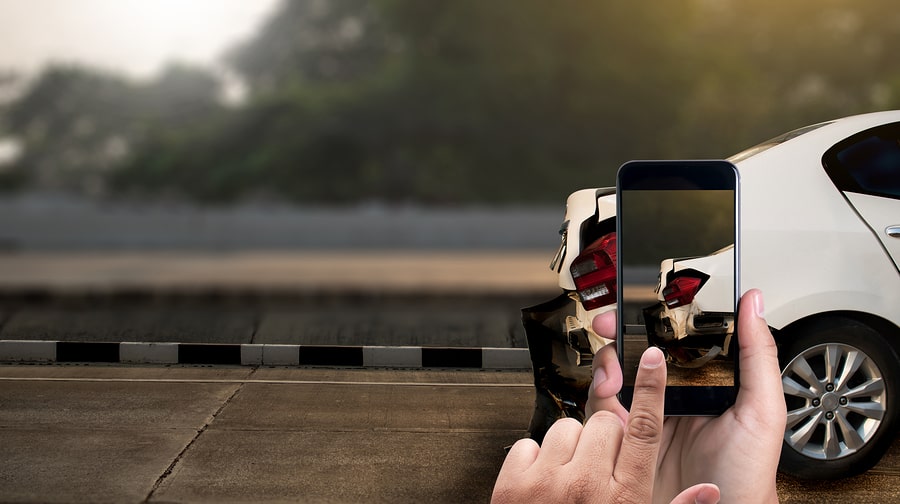- Visual, which involves taking your eyes off the road
- Manual, in which you take your hands off the wheel
- Cognitive, or some task that takes your mind off driving

What Should I Do After an Injury at a Concert Venue?
Virginians often attend concerts and other summer events at The Meadow Event Park in Carolina County. Originally a…
View Post >
RVA Today: Emroch & Kilduff Discuss Personal Injury Law
In a recent segment on “RVA Today,” attorneys from the Richmond-based law firm Emroch & Kilduff discuss key…
View Post >
Why do I Need to Hire a Hit and Run Accident Attorney?
When a driver flees the scene of an accident, they do much more than violate the law. They…
View Post >